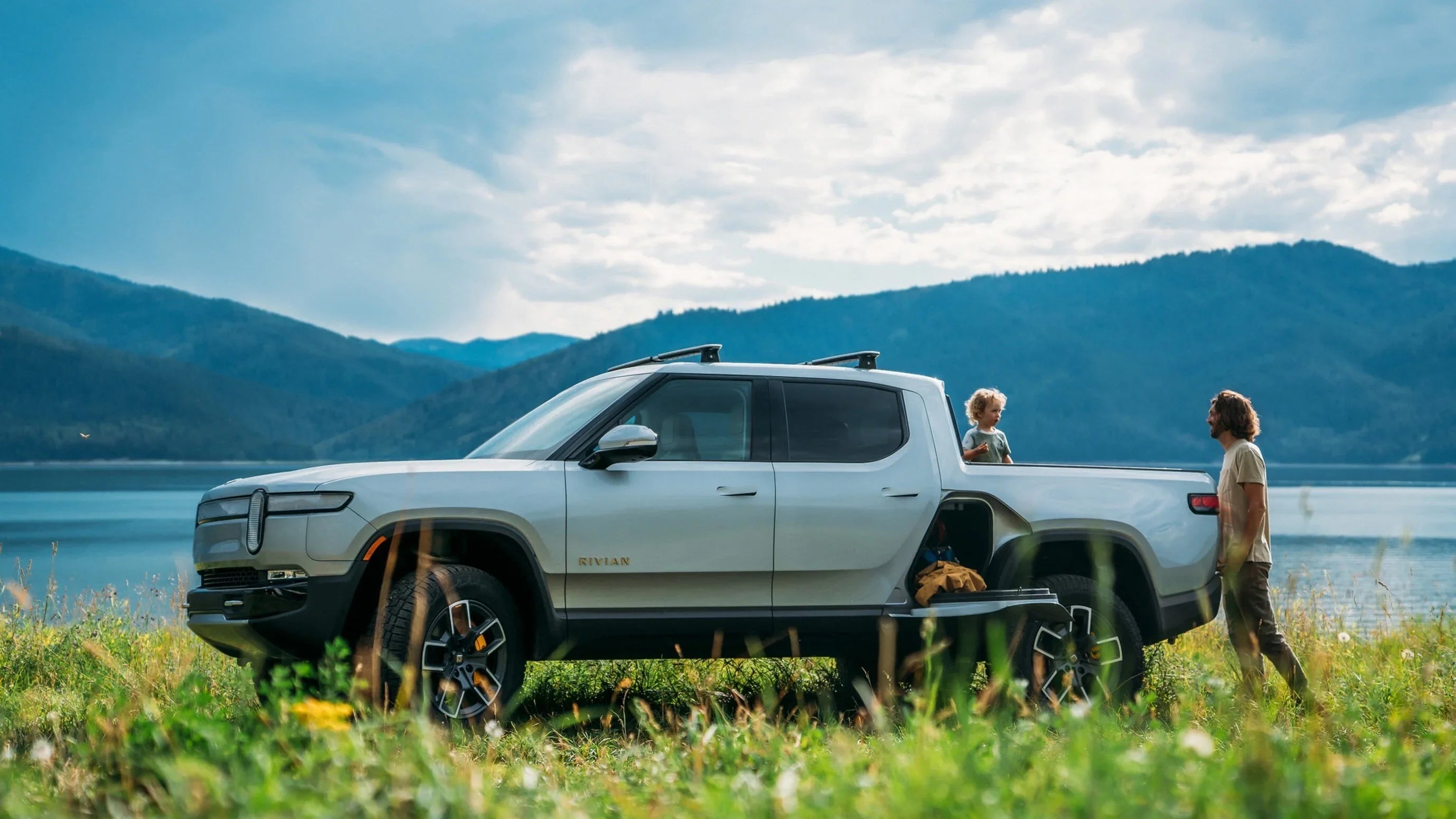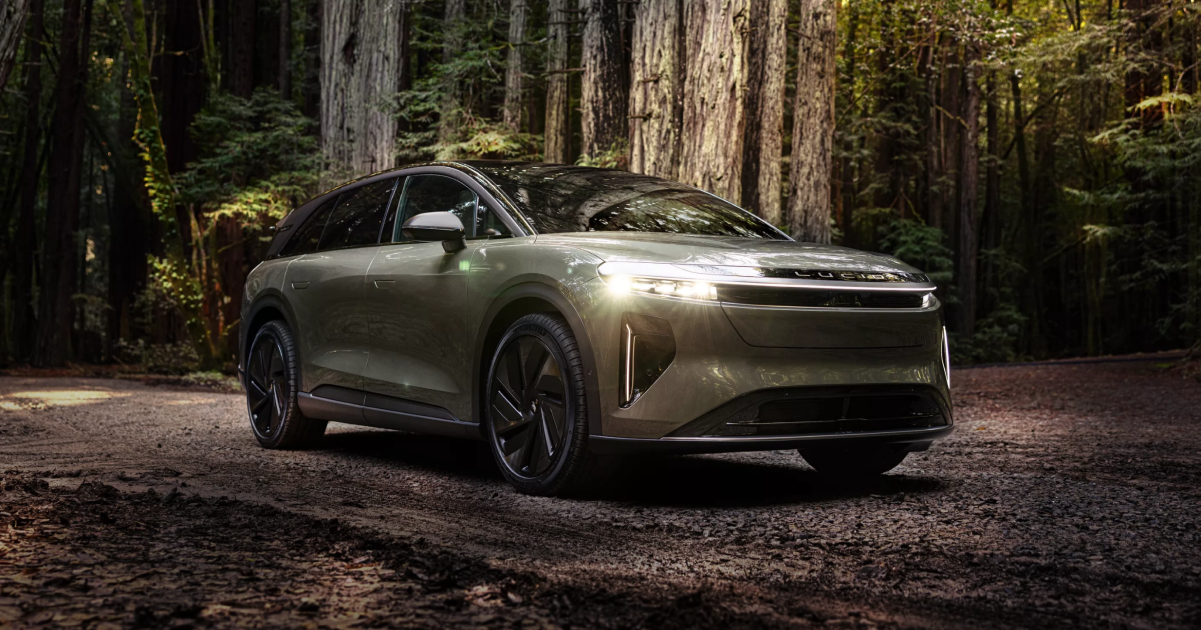Zeekr Responds to Owner Backlash With a Rare Hardware Upgrade Program
China’s premium EV brand Zeekr is taking an unusual step in the auto industry: offering extensive hardware upgrades to recently produced vehicles after customers voiced frustration over rapid model-to-model improvements. The company’s latest 001 and 009 EVs shipped with significantly more advanced driver-assistance hardware than the versions sold just a year earlier, creating a gap that many owners felt was unfair.
To address the issue, Zeekr has introduced a crowdfunding-based hardware upgrade initiative for the 2024 001 and 009 models. The upgrade replaces the Mobileye EyeQ5H architecture with Zeekr’s in-house G-Pilot H7 system, powered by Nvidia’s Drive Thor-U platform. This jump boosts compute power from 48 TOPS to 700 TOPS, enabling more advanced ADAS features and future software capabilities.
Over 70,000 vehicles are eligible—remarkable given they were manufactured only last year.

How the Upgrade Program Works
The campaign requires a minimum number of early contributors to greenlight the retrofit. For the 001 liftback, Zeekr needs 3,000 owners to commit about $1,900 (13,500 yuan). The 009 MPV requires 1,500 participants, each contributing roughly $2,600 (18,500 yuan).
Behind the scenes, Zeekr has already invested nearly $28 million to engineer a workable upgrade path, and the installation process is exhaustive. Technicians must replace close to 60 components, including the windshield, front bumper, several ECUs, wiring harnesses, and much of the interior trim. The hardware alone is valued at more than $4,200, meaning Zeekr is effectively subsidizing a large part of the cost to maintain owner trust.
To further soften the financial burden, Zeekr is offering a $2,800 ADAS voucher to first owners of eligible 001 and 009 vehicles. This credit can reduce the upgrade cost or be applied to a new Zeekr equipped with the latest G-Pilot H7 suite.
A Rare Case of Retroactive Hardware Support
The scale of Zeekr’s hardware retrofit stands out in the global EV market. Automakers typically reserve advanced sensors and computing improvements for new model years, leaving earlier buyers excluded from the latest capabilities—even when their vehicles are relatively new.
Zeekr’s program signals a more aggressive approach to customer retention in China’s hyper-competitive EV market, where rapid technological updates can frustrate early adopters. The retrofit also demonstrates that large-scale hardware swaps—while complex—are technically feasible, even on vehicles less than two years old.
Tesla Owners Are Asking the Same Question
Zeekr’s move quickly reignited a familiar debate among Tesla owners: when will Tesla offer a hardware upgrade for vehicles running HW3.0? Tesla’s newest models ship with HW4.0, enabling improved vision processing, higher-resolution sensors, and smoother operation of the company’s Full Self-Driving (Supervised) system.
Meanwhile, the vast fleet of HW3-equipped vehicles—some only a few years old—remains stuck on older hardware that cannot fully support Tesla’s latest autonomous features.
Elon Musk previously acknowledged that a hardware upgrade for HW3 vehicles would be difficult but “not impossible,” hinting that Tesla intended to support existing owners eventually. Yet the company has provided no timeline, no pricing, and no technical plan for retrofits.
The challenge is significant: HW4’s modules have different connectors, thermal requirements, and physical layouts, making a direct swap far more complicated than replacing a single computer. Still, Zeekr’s retrofit effort illustrates that large automakers can perform hardware overhauls if they choose to prioritize them.

The Bigger Picture: Customer Expectations Are Changing
As EV technology advances rapidly, owners are increasingly expecting manufacturers to provide upgrade paths—not just software updates but physical component improvements. Zeekr’s initiative could set a precedent in markets where buyers demand longer technology lifecycles and greater transparency around hardware capabilities.
Whether other automakers will follow remains unclear, but the pressure on Tesla is now stronger than ever. Zeekr has shown what’s possible; the question is whether the industry’s biggest EV player will respond.
Recommend Reading: Waymo’s New Zeekr-Built Robotaxi Emerges Ahead of Wider U.S. Expansion








Partager:
Tesla Opens Its Largest Solar-Powered Supercharger Site in California
Mercedes Introduces Long-Range CLA EV With Competitive U.S. Pricing